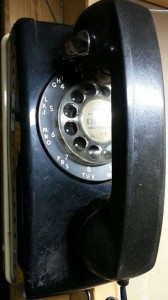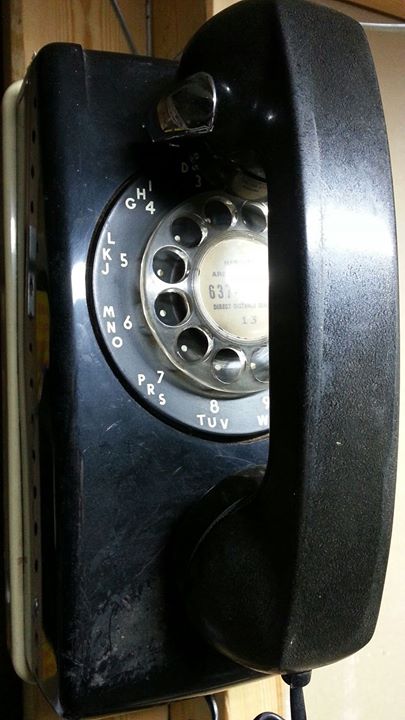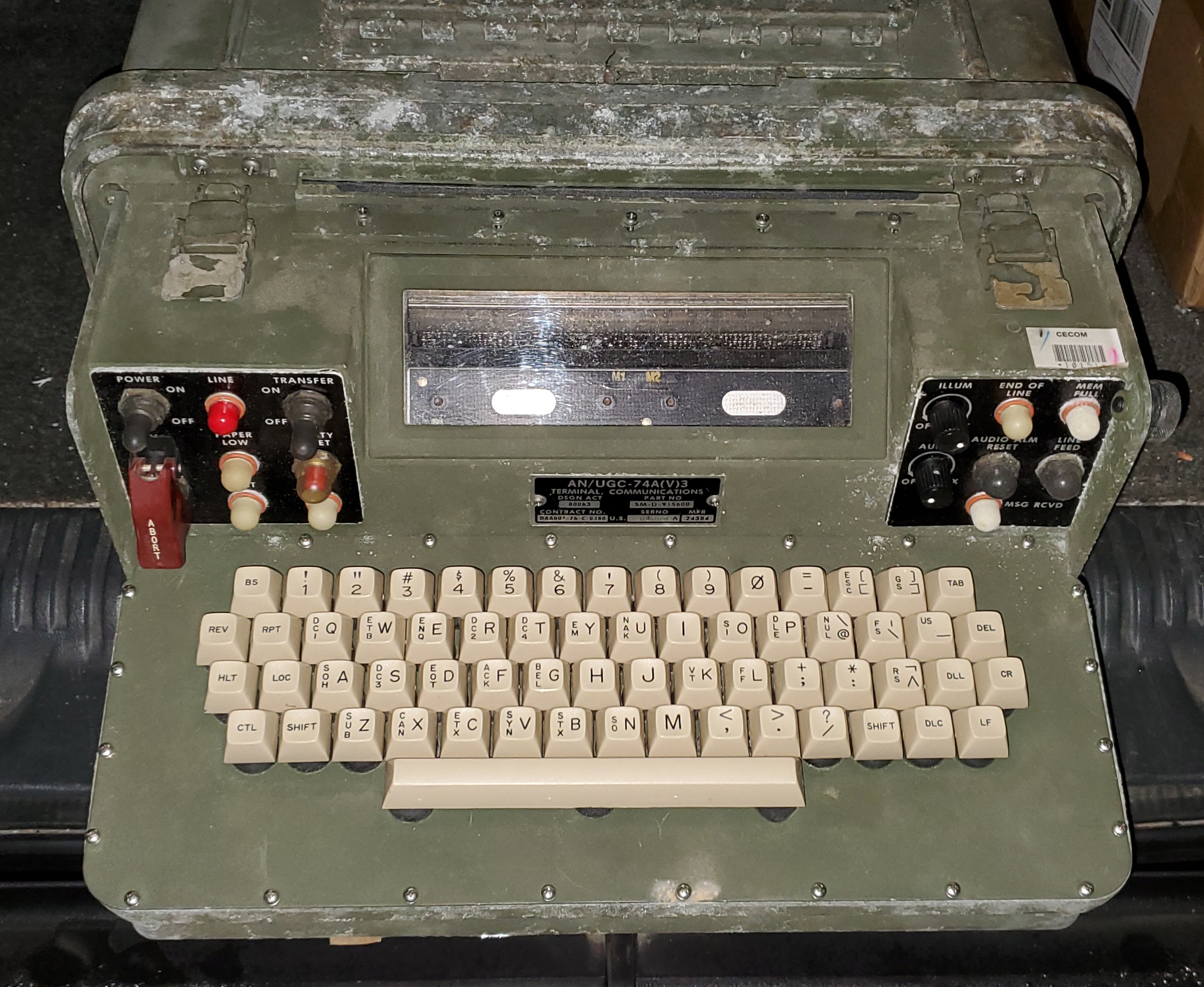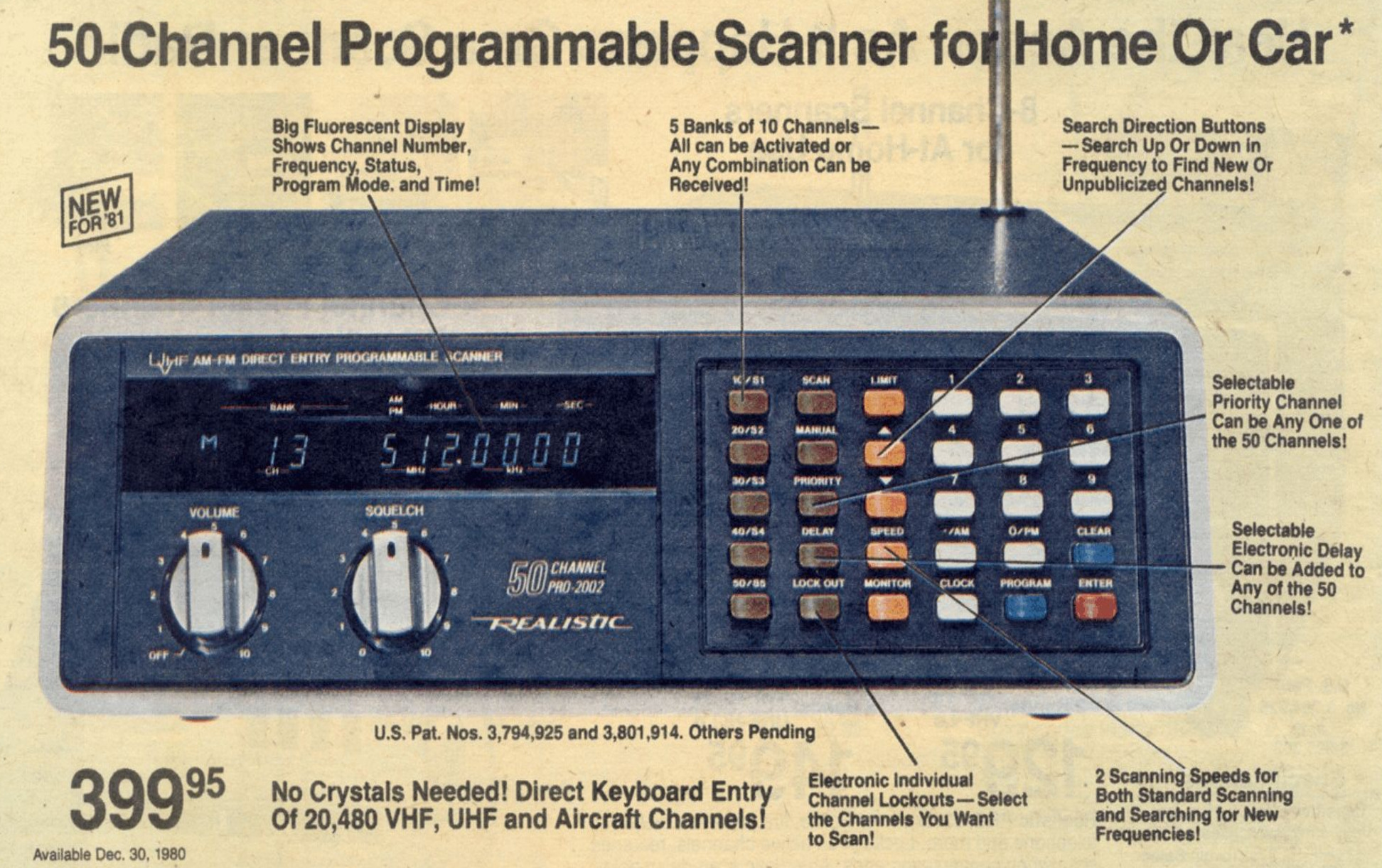 A recently discovered YouTube video, subsequently shared on the Vintage Volts Facebook feed, got me thinking about the quaint beginnings of a technology we all seem to take for granted. That technology is called the “telephone.” Today, we most grab our smartphones and tap a name in a contact list or text thread to call someone on their smartphone. Traditional telephone dialing has been completely abstracted from the core process of manually initiating a phone call. Even feedback of the dialing process is all but gone these days. Once you hit the “send” button on your smartphone, you trust that the number you have stored in the contact list is correct and you expect the correct person to answer the call.
A recently discovered YouTube video, subsequently shared on the Vintage Volts Facebook feed, got me thinking about the quaint beginnings of a technology we all seem to take for granted. That technology is called the “telephone.” Today, we most grab our smartphones and tap a name in a contact list or text thread to call someone on their smartphone. Traditional telephone dialing has been completely abstracted from the core process of manually initiating a phone call. Even feedback of the dialing process is all but gone these days. Once you hit the “send” button on your smartphone, you trust that the number you have stored in the contact list is correct and you expect the correct person to answer the call.
Back before the conveniences of “name dialing”, we were expected to be able to recall telephone numbers from memory, or consult a written list of numbers. But the process didn’t quite end there. We had to pick up the telephone receiver and enter the desired telephone number using whatever means was provided. More recently in telephone history, there was the use of pushbuttons providing “Touch Tone” beeps that are used to automatically route your telephone to the person you want to dial. Simply press the telephone numbers in sequence to make the call. For the longest time in telephone history, the means of dialing was fully mechanical by way of a rotating mechanism on the face of the telephone, otherwise known as a “rotary dial.”
What was rotary dial and how did it work?
Before touch tone and digital dialing, the telephone company needed a way to connect a desired call between two calling parties. In the very early days, you would crank a ringer on the side of your phone to get a telephone operator’s attention, tell the operator who you want to talk to, and the operator will connect your phone to them using their switchboard. As the telephone systems grew, and as more people began to subscribe to telephone service, automatic processes were badly needed. That’s where rotary dial came in.
There was no convenient way (or even any suitable ability) to generate touch tone sounds in those days, much less automate the ability to decode the tones and make the connection. Telephone companies were required to work with what they had. There was the ability to sense whether someone picked up or put down their phone handset, and also, to a limited degree, detect that someone is talking on the telephone. The latter method could never be fully trusted to produce accurate results. Instead, they decided to go with detecting whether the telephone handset is “on the hook” or not, to use the vernacular.
To make the off/on hook practice work, telephone engineers realized that when someone picks up their telephone handset, it activates a relay at the telephone company. So, instead of using that relay to only notify an operator of a call about to be initiated, they used the relay to start the process of finding the right electrical “path” to a destination phone, automatically.
There’s a reason why telephone numbers are as long as they are. Telephone companies had very large buildings containing thousands of identical automated electromechanical switching systems, all electrically connected as a group. The more people in a geographic region needing telephone service, the more switching systems needed to be installed, and the longer the telephone numbers had to be to handle the many combinations of unique telephone numbers that were to be assigned. These systems were called “step by step” switches. Inside each of them was a small electrical contact mounted to a ratcheting lift mechanism (wiper arm). When you lifted your phone handset, the step by step switch that was directly connected to your phone goes to a ready state. You then had to dial your telephone to start the process.
Dialing was simple. You put your finger in the rotary dial hole for the next digit in the telephone number sequence, “rotate” the dial to a stopping point, then let go of the dial mechanism for it to rotate back. The rotary dial was spring loaded and would rotate back each time you dialed a digit. The higher the numbered digit, the longer the rotary dial would need to be rotated, with zero taking the longest.
As the rotary dial returned after each number, a series of steps are made in the step by step switch that lifted the wiper arm up the same number of steps as the number being dialed. If you dialed a three, it stepped up three times, etc. Then the wiper arm would quickly rotate to find the next open electrical connection from a series of contacts, to become ready to process the next dialed digit. When you dial a seven digit number, this process is automatically repeated seven times using seven different step by step switches. The electrical process is slightly different for the last digit dialed, but the concept remains the same. a wiper arm is moved a specific number of times matching the dialed digit. After the last digit, your telephone would have been automatically connected to the destination telephone, electrically wired through all seven switches.
Can you imaging the amount and volume of clicks you would hear in that large telephone company switch room? You would almost need to “imagine” it now. These step by step switches have been replaced with fully electronic switching systems decades ago, with rotary dial capabilities still supported for backward compatibility.
Did you know that you could dial your telephone WITHOUT a rotary mechanism, or even without touch tone buttons? The rotary dial mechanism is really simple in nature. Once you release the dial for any given number, the phone is actually being hung up and lifted the same number of times as the digit you dialed. The rotary dial simply makes the process quick and efficient. If you ever used a rotary dial phone before, you may have noticed that the dial rotates back at the same speed regardless how far it had to be dialed. This allows for a steady series of “hook flashes” (as they’re called) instead of hook flashes at random intervals. You can simulate this process by tapping the hook switch (where the phone handset rests when not in use) at a brisk, steady rate the number of times as the digit you want to dial (ten times for the number zero), followed by a short pause about one second long. To dial 555-1234, you would tap the hook switch in this fashion:
tap-tap-tap-tap-tap (pause)
tap-tap-tap-tap-tap (pause)
tap-tap-tap-tap-tap (pause)
tap (pause)
tap-tap (pause)
tap-tap-tap (pause)
tap-tap-tap-tap
I understand that tap dialing in that fashion is more gimmicky than useful, unless someone thought they’d be smart and prevent you from dialing by installing a lock on the dialing mechanism. Yes, there were such locks and were used mainly to prevent someone from dialing costly long distance calls on the phone. However, rarely did you find the handset locked down. If you can pick up the telephone handset and hear a dial tone, yet find the dial “locked”, then you still have the ability to tap dial any number you want.
Unfortunately, rotary dial capabilities are being phased out with newer digital and VOIP phone services becoming commonplace. If you still have traditional “in-house” phone service where the local phone company feeds you your telephone connection, you could probably still use rotary dial phones. Just hook one up and try it! Some of the older Vonage VOIP phone adapters actually support rotary dial, too.
One way to test your line to see if it supports rotary dial is to try tapping out a telephone number using the method described above. If you get connected to that phone number, your telephone line has rotary dial capabilities. If the dialtone still remains after you tap the first number, then you don’t have rotary dial capabilities on your phone line. Also, rotary dial will most likely not work on a business phone system, as they are not your “typical” phone connections.




